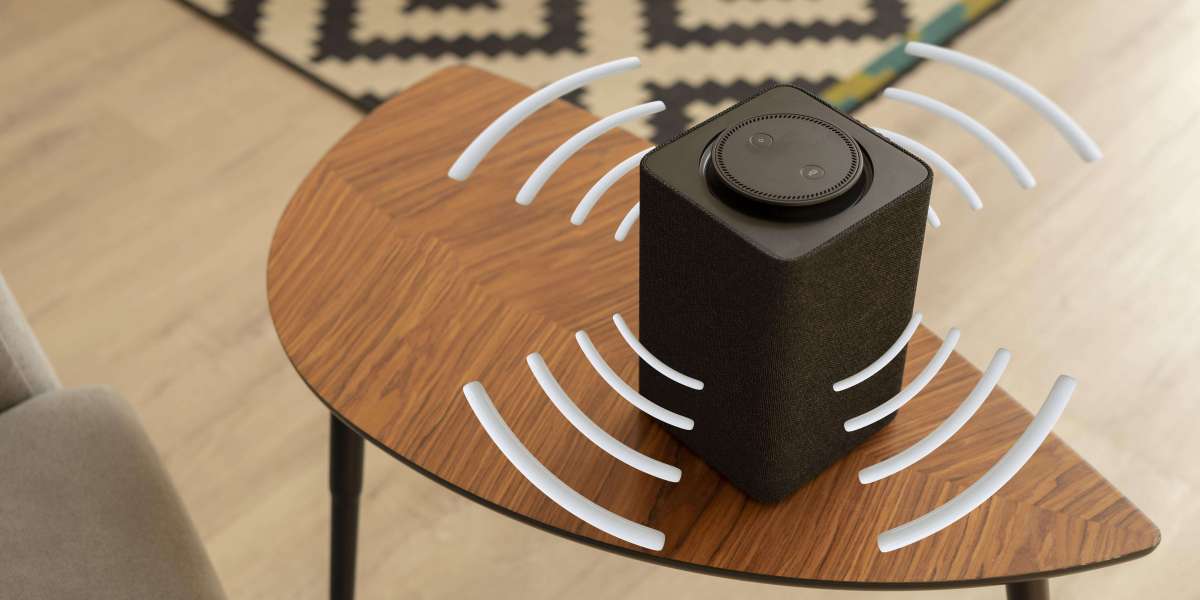Home theaters have come a long way from simple setups with a television and standalone speakers. Modern home theaters now feature complex surround sound systems paired with powerful AV receivers that can integrate all the components for an immersive cinematic experience right in your living room. However, with more features comes more complexity in operation. This is where voice control for AV receivers comes in - it streamlines the user experience and prepares home theaters for the smart home era.
What is an AV Receiver?
An AV receiver, also known as an audio/video receiver or surround sound receiver, is the central hub of a home theater system. It is designed to accept audio and video signals from various sources like Blu-ray players, streaming devices, cable/satellite boxes, gaming consoles and more. The AV receiver then processes and amplifies these audio signals to drive multiple speakers placed around the room in a surround sound configuration.
Most modern AV receivers also support the latest surround sound formats like Dolby Atmos and DTS:X which enable height or overhead channels for three-dimensional overhead and object-based sound. In addition to multi-channel amplification for surround sound, AV receivers also provide switching between different audio/video inputs, 4K video scaling and processing, built-in streaming apps and more advanced features.
Complexity of Traditional Operation
While AV receivers offer incredible home theater experiences, their full potential can be difficult to unlock for casual users. Traditional remote controls for even basic tasks like turning the system on/off, changing inputs or adjusting volume levels require navigating through multiple menus and buttons. Advanced functionality like selecting different surround sound modes, tweakingEQsettings or configuring complex setups becomes an intimidating process for non-enthusiasts.
This leads to under utilization of many premium features. Users want simplicity even as technology becomes more sophisticated. Complex interfaces take away from the immersive entertainment experience that home theaters aim to provide. Voice control has the power to resolve this issue by letting users operate AV receivers as intuitively as they would conversationally.
How Voice Control Simplifies Usage
Now, many high-end AV receivers come with built-in voice assistant support using technologies like Amazon Alexa, Google Assistant, Apple Siri and others. This allows simple voice commands to take care of basic as well as advanced tasks with ease:
"Turn on the living room theater" - Powers on the entire home theater system with one command.
"Select Blu-ray input" - Switches input to connected Blu-ray player.
"Play movie Jurassic Park" - Finds and plays the selected movie file from a network storage device.
"Increase volume to level 15" - Directly sets the precise volume level without fiddling with buttons.
"Set surround sound mode to DTS Neural:X" - Configures an optimized surround mode with a single voice command.
"Mute" - Mutes audio instantly on demand.
"What's playing?" - Gets notified of current audio/video playback.
"Pause/Play/Skip track" - Controls media playback intuitively.
Voice control removes the learning curve by allowing natural language interactions, taking complete control of the system almost effortlessly. This brings the focus back to entertainment instead of complex interfaces.
Creating a Future-Ready Home Theater
With the rise of smart home technologies, voice control is emerging as the preferred interface across many product categories. As AV receivers add built-in smarts on top of their audio/video switching and processing capabilities, voice functionality ensures they remain relevant in the future too.
Voice assistants are only getting smarter with time, allowing for more natural conversations to control various smart devices simultaneously. AV receivers that support voice provide a taste of that future today within home theater contexts. Users can integrate them smoothly with other smart appliances and even control lights, thermostats or security cameras using the same voice commands.
Voice brings unprecedented simplicity to complex home theater operations. With its ability to understand natural language, voice control future-proofs AV receivers for a seamless smart home experience. It unleashes the full multi-dimensional power of surround sound formats while keeping the interface hassle-free. As smart home adoption rises, AV receivers with voice will play a key role in delivering truly integrated and future-ready entertainment spaces.
Conclusion
To summarize, modern home theater enthusiasts expect more than just incredible audio capacities from their AV receivers. They want simplicity and seamless control that voice assistance delivers perfectly. With built-in support for popular voice platforms, high-end AV receivers are prepping home theaters for a future where all smart devices work together reliably using voice commands. By simplifying even advanced operations through natural interaction, voice control makes multi-speaker entertainment experiences accessible for everyone. It ensures home theaters built on future-ready AV receivers can scale along with the evolving smart home era.







